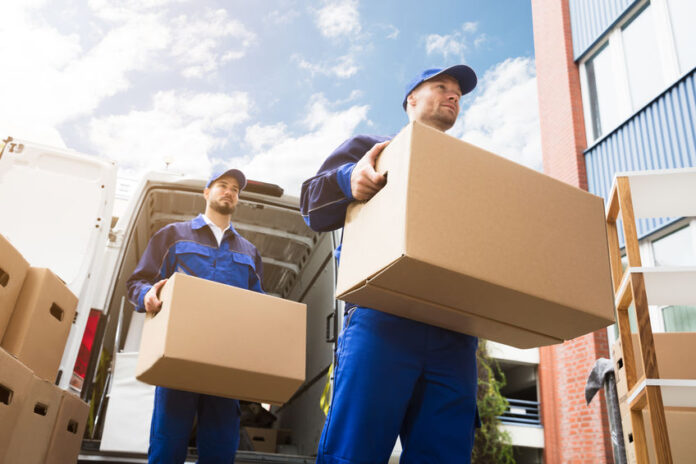When it comes to shipping, one size does not fit all. Selecting the right shipping box is crucial for protecting your items, optimizing shipping costs, and ensuring customer satisfaction. Let’s dive into the world of shipping box sizes and discover how to choose the perfect box for your needs.
Understanding Box Dimensions The Basics
When we talk about the dimensions of shipping boxes, we’re discussing three key measurements: length, width, and depth (or height). It’s crucial to get these right because they determine how well your items will fit and how protected they’ll be during transit.
- Length: This is the longest side of the box. It’s particularly important for long items like curtain rods or golf clubs.
- Width: This is the shorter side of the box, measured perpendicular to the length.
- Depth (Height): The distance between the top and bottom of the box. This is crucial for stacking and storing.
A handy tip I’ve learned is to always add a bit of extra space to each dimension for cushioning materials. It’s like giving your items a comfortable room to stay in, rather than a tight squeeze!
Custom Sizes
Not all items fit into standard-sized boxes. Sometimes, you need a box that’s just as unique as the item you’re shipping. This is where custom sizes come into play.
- Tailoring to Unique Items: Imagine trying to fit a custom-made lamp or a uniquely shaped sculpture into a standard box. It’s like trying to fit a square peg into a round hole.
- Avoiding Excess Space: Using a box that’s too large not only wastes space but can also increase shipping costs. Custom-sized boxes eliminate this issue by fitting your item like a glove.
- Enhanced Protection: For fragile or high-value items, the fit of the box can make all the difference. A box that’s too big might let your item rattle around, while one that’s too small can apply unwanted pressure.
Remember, in the world of shipping, precision is key. It’s not just about the box; it’s about the journey your item takes within that box. That’s why understanding and choosing the right box dimensions is not just a task, but an art form in itself.
Types of Shipping Boxes Long Shipping Boxes
- Long shipping boxes are a bit like the stretch limos of the packaging world. They’re designed for those long, narrow items that just don’t fit comfortably in regular boxes. Think about trying to pack a set of fishing rods or a telescope. These boxes are available in various sizes, accommodating a range of long items.
- Variety of Sizes: From smaller lengths suitable for items like yoga mats to longer ones for things like curtain rods.
- Versatility: They’re not just for super long items. They can also hold several smaller, narrow items securely.
Thin Cardboard Boxes
Then there are the thin cardboard boxes. These are the unsung heroes for items like books, framed pictures, or electronic devices that need a snug, flat space.
- Space Efficiency: These boxes are champions at reducing unnecessary space, which not only keeps your items secure but also can save on shipping costs.
- Protective yet Compact: They provide excellent protection without bulking up, which is crucial for items that are sensitive to pressure or bending.
In the end, choosing the right type of shipping box isn’t just about fitting your item in; it’s about ensuring it arrives at its destination just as it left – safe and sound. Whether you need the elongated protection of long shipping boxes or the snug embrace of thin cardboard ones, there’s a box out there that’s just right for your needs.
Importance of Right-Sizing Reducing Shipping Costs
Choosing the correct box size is not just a packaging decision; it’s a financial one too. A box that’s too large can lead to inflated shipping costs, as carriers often charge based on dimensional weight. Imagine paying extra just because of unnecessary space around your items – it’s like paying rent for air!
- Weight Considerations: Larger boxes add to the weight, increasing shipping costs.
- Space Utilization: Efficient use of space in transportation means more items can be shipped at once, reducing costs.
Environmental Impact
Right-sizing has a significant environmental aspect as well. In a world where sustainability is becoming increasingly important, the way we package items can make a big difference.
- Reducing Waste: Smaller, well-fitted boxes mean less material is used, leading to reduced waste production.
- Recycling and Reusability: Properly sized boxes are more likely to be reused, extending their life cycle and reducing the need for new materials.
Right-sizing your shipping boxes is a win-win. It’s cost-effective and environmentally friendly, striking the perfect balance between practicality and responsibility. Remember, the right box isn’t just about fitting your item; it’s about fitting into a smarter, more sustainable world of shipping.
Practical Tips for Box SelectionAssess Your Items
Consider the size, shape, and fragility of the items you’re shipping. Always allow a little extra space for padding and protection.
Material Matters
The thickness and strength of the box are just as important as its size. For delicate items, sturdier boxes are essential.
Conclusion
Selecting the right shipping box size is a balancing act between protecting your items, controlling costs, and being environmentally conscious. Whether you need long shipping boxes for elongated items or thin cardboard boxes for flat goods, understanding your needs and available options is key to successful shipping.
Discover The Boxery
The Boxery is your go-to destination for all your packaging needs. Known for their extensive range of shipping boxes, including long shipping boxes and thin cardboard boxes, they cater to a variety of shipping requirements. With a focus on eco-friendly practices, The Boxery offers boxes made from over 80% recycled materials, ensuring that your shipping solutions are not only effective but also environmentally responsible.











